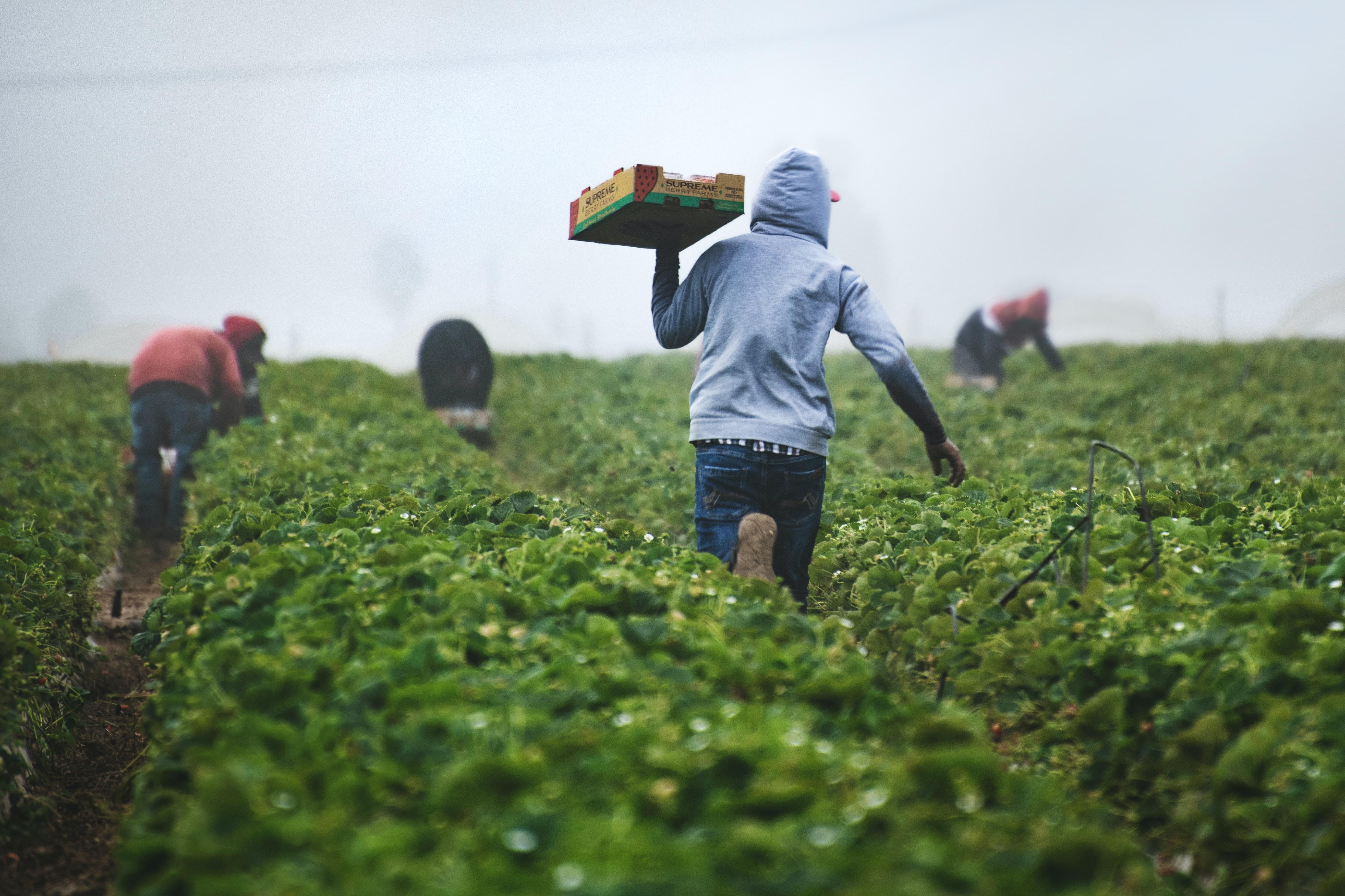Ghana is one of Africa's leading gold producers and the seventh top producer globally. Large commercial companies mine the majority of gold in Ghana, using heavy machinery. However, about 35 per cent of the country’s gold is extracted through small-scale mines, many of which operate informally, or without a valid license. This unregulated small-scale and artisanal gold mining is known locally as galamsey, derived from “gather them and sell.” Galamsey is a major source of livelihood for many people in Ghana. It employs about one million people and supports approximately 4.5 million more. However, the increase in unregulated mining activities has resulted in several negative consequences, including severe damage to local ecosystems. As of 2018, galamsey had led to about 29,000 hectares of deforestation, with 1,000 hectares occurring in the country's protected areas.
A study to better understand the impacts of galamsey
To better understand both the human health and environmental impacts of galamsey, we initiated a study in December 2017 in the East Akim Municipality, a major hotspot for galamsey in Ghana. Data was collected in five communities, with 36 adults (18+ years) who have lived in the area for at least five years. We also organized a photovoice exhibition in February 2018, where preliminary results were shared, and the photos and photo stories were further discussed. A total of 152 people attended the exhibition, including health professionals, farmers, the study participants, community leaders, government officials, politicians, leaders of galamsey groups, and journalists from media organizations in Ghana.
Farmers described problems related to cyanide and mercury contamination
A major finding from the study was the connection between land degradation and food production. Throughout the study, participants consistently showed how farmlands had been degraded due to galamsey. They also revealed associated impacts on agriculture and food production. Participants were particularly concerned about how previously mined galamsey pits have been completely abandoned without any attempts at reclamation. Others described how farmlands had been damaged to a point where reclamation and intensive fertilizer application were required to restore soil fertility. Although most farmers were keenly aware of the socio-ecological impacts of fertilizer application, they said using these synthetic farm inputs was the only way to make the land productive again.
Another prominent concern was how some galamsey pits were dug either inside existing subsistence farms or near residential units, sometimes without the consent of landowners. Our results showed that these abandoned pits also compromise food security. The majority of galamsey pits were left uncovered after gold mining was over. Among farmers who attempt to reclaim and cultivate food crops on degraded and abandoned galamsey sites, they described extreme difficulties associated with crop growth and productivity, including problems related to cyanide and mercury contamination. Many farmers described food security consequences by discussing photographs of these abandoned galamsey pits. Overall, findings from the interviews demonstrated a serious need for land reclamation to prevent agricultural productivity decline and food insecurity.

Perception of Illnesses increasing as a result of food and water contamination
There were other photo stories related to food accessibility and quality. Food and water contamination from galamsey was the second most prominent theme in the interviews. Mercury is one of the main chemicals used in galamsey operations in Ghana. Many participants described the dangerous way mercury is discarded after gold extraction. There was a very strong perception from the interviews and the photo exhibition that mercury deposits on farmlands cause food and water contamination. For example, many participants took photos and shared stories related to food contamination or poisoning due to mercury deposits. Others shared photos with stories reinforcing the point that root tuber crops are being contaminated due to soil mercury deposits.
In addition to food-related issues, water contamination was repeatedly highlighted in the photo stories. There were several stories about village residents who have experienced blood in their urine, a health condition perceived to result from mercury deposits in water bodies. In addition to water contamination, galamsey was also reported to affect fisheries and aquaculture, with severe implications for food security. Many participants described fish farming projects that have collapsed due to mercury pollution. During the photovoice exhibition, other stakeholders, including health professionals, shared similar stories, confirming a growing incidence of illnesses linked to food and water contamination and food insecurity.
Households affected by galamsey are consuming more ultra-processed foods
Participants stressed that there had been an increasing trend towards unhealthy eating habits, perceived to be linked to galamsey. All 36 participants took photos and shared stories showing difficulty accessing food. In these stories, the scarcity and increasing cost of food was consistently emphasized and contrasted with experiences in the past. Other participants described the growing predominance of ultra-processed foods with refined ingredients, artificial flavours, and little nutritional value. Of these processed foods, one repeatedly mentioned was instant noodle that is marketed throughout Ghana.
Almost all study participants began their photo stories with the phrase, “our diets have changed.”
Study participants lamented the proliferation of instant noodle sale outlets even in Ghana's most rural galamsey sites. They further emphasized that this food product now constituted the main evening meal consumed by most households in areas affected by the environmental impacts of galamsey. They noted that in recent times, fresh fruits and vegetables have become incredibly expensive and risky to consume, mainly due to perceived mercury contamination.
Several photos were taken to contrast food prices, quality, and variety, mainly between fresh fruits and vegetables and processed food options. Almost all study participants began their photo stories with the phrase, “our diets have changed.” This dietary change was explained by the growing prevalence of processed foods, including instant noodles, canned fish, and canned fruits. Others were packed sachets of hot cereals and beverages like cocoa and coffee. The way study participants described these processed foods was also noteworthy: reference was often made to the fact that processed food options were “very new” to rural settings and that galamsey was partly responsible both in creating shortages of traditional staple foods and for facilitating the sale and consumption of ultra-processed foods.
This blog is based on the original research paper “Now we’ve all turned to eating processed foods”: a photovoice study of the food and nutrition security implications of ‘galamsey’ in Ghana" co-authored by Hanson Nyantakyi-Frimpong, Aaron Christian, John Ganle and Richmond Aryeetey




